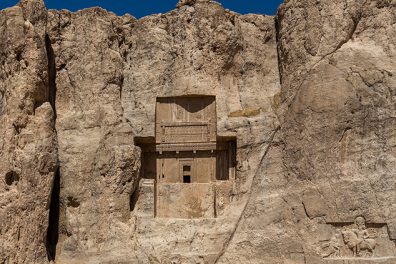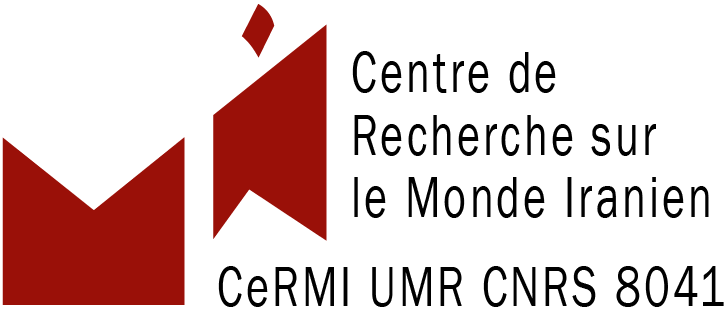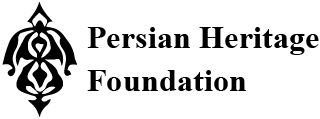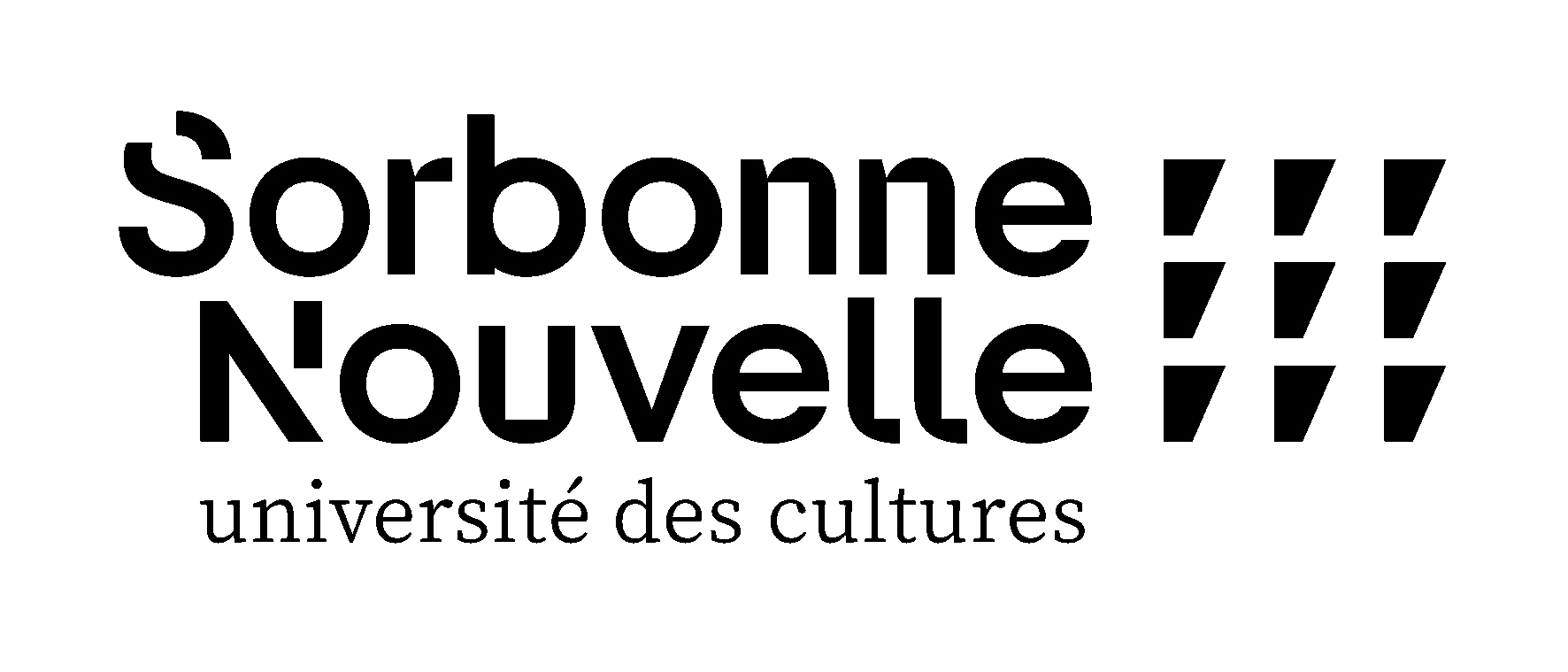Xth Ehsan and Latifeh Yarshater Iranian Studies Conferences "Achaemenides and Sassanides: Continuities and ruptures", November 7-21

Organized from Monday, November 7 to Monday, November 21, 2022, by the Centre de Recherche sur le Monde iranien-CeRMI (CNRS-Université Sorbonne nouvelle-Inalco-EPHE) and supported by the Persian Heritage Foundation (USA).
Contact : Samra Azarnouche - cermi@cnrs.fr
Monday 7, Wednesday 9, Monday 14 and Wednesday 16 November 2022 : at Inalco, Maison de la recherche (2 rue de Lille-Paris 7e), Auditorium Georges Dumézil.
Monday, November 21, 2022: at Collège de France, Amphithéâtre Guillaume Budé.
Each lecture will take place from 5:00 pm to 6:30 pm.
The lectures of this 10th edition will be delivered by guest professor M. Rahim Shayegan, University of California, Los Angeles (UCLA), Jahangir and Eleanor Amuzegar Chair of Iranian Studies, Director of the Pourdavoud Center for the Study of the Iranian World.
Achemenids and Sassanids: Continuities and Ruptures
Xth Ehsan and Latifeh Yarshater Iranian Studies Lectures
- Monday, November 7, 2022
I. Universality and otherness among the Achaemenids and Sassanids
Despite their universalist aims, the Achaemenids were confronted with spaces of otherness, not only within the empire, but also on the western confines. We seek to determine whether the sum of these spaces could have constituted a true alter orbis, opposed to the Achaemenid world. The Sassanid vision of universality and otherness will also be examined and reconciled with Achaemenid data, against a backdrop of Iranian cosmogony.
- Wednesday, November 9, 2022
II. "Thus says the king": discursive strategies in Achaemenid inscriptions
The reading of Achaemenid inscriptions - in particular that of Bīsotūn (6th century BC) - highlights ingenious strategies aimed at personalizing the message of royal proclamations for radically opposed audiences. Thus, the political discourse of royal authority could be subject to multiple reformulations to suit the sensibilities of the intended recipients, the latter being regarded as the mute interlocutors of the discourse of authority.
- Monday, November 14, 2022
III. Word and image in Sassanid epigraphy and iconography
A dialectic comparable to that observed among the Achaemenids governed the relationship between Sassanid royal discourse and its multiple addressees. Here again, epigraphic compositions, as well as movable art objects (cameos, seals and coins), seem to be modulated according to the intellectual predispositions of their audience. The persistence of such a dialectic over the long term suggests that certain Achaemenid scriptural traditions may have been passed down to the Sassanids, although the very modes of this transmission escape us.
- Wednesday, November 16, 2022
IV. La res religiosa chez les Achéménides
The religious landscape of the empire constitutes one of the most ardently revisited areas of research in Achaemenid studies. Taking up this dossier, we will attempt to determine whether the same principle of individuation that guided the empire's communication system is also found at the foundation of the organization of the religious fact.
- Monday, November 21, 2022
V. The religious landscape of the Sassanid empire and conclusions
The organization of the religious fact among the Sassanids and the maintenance of a de facto pluriconfessional landscape within an expressly Mazdean empire will constitute the final stage of our examination. In conclusion, we will consider the possibility that the Achaemenids and Sassanids, despite the half millennium that separates them, were able to deal with the question of otherness and diversity according to the same principle of agency - without, however, imposing a unitary vision - an agency that manifested itself through the individuation process implemented in communicative strategies and the religious fact.




